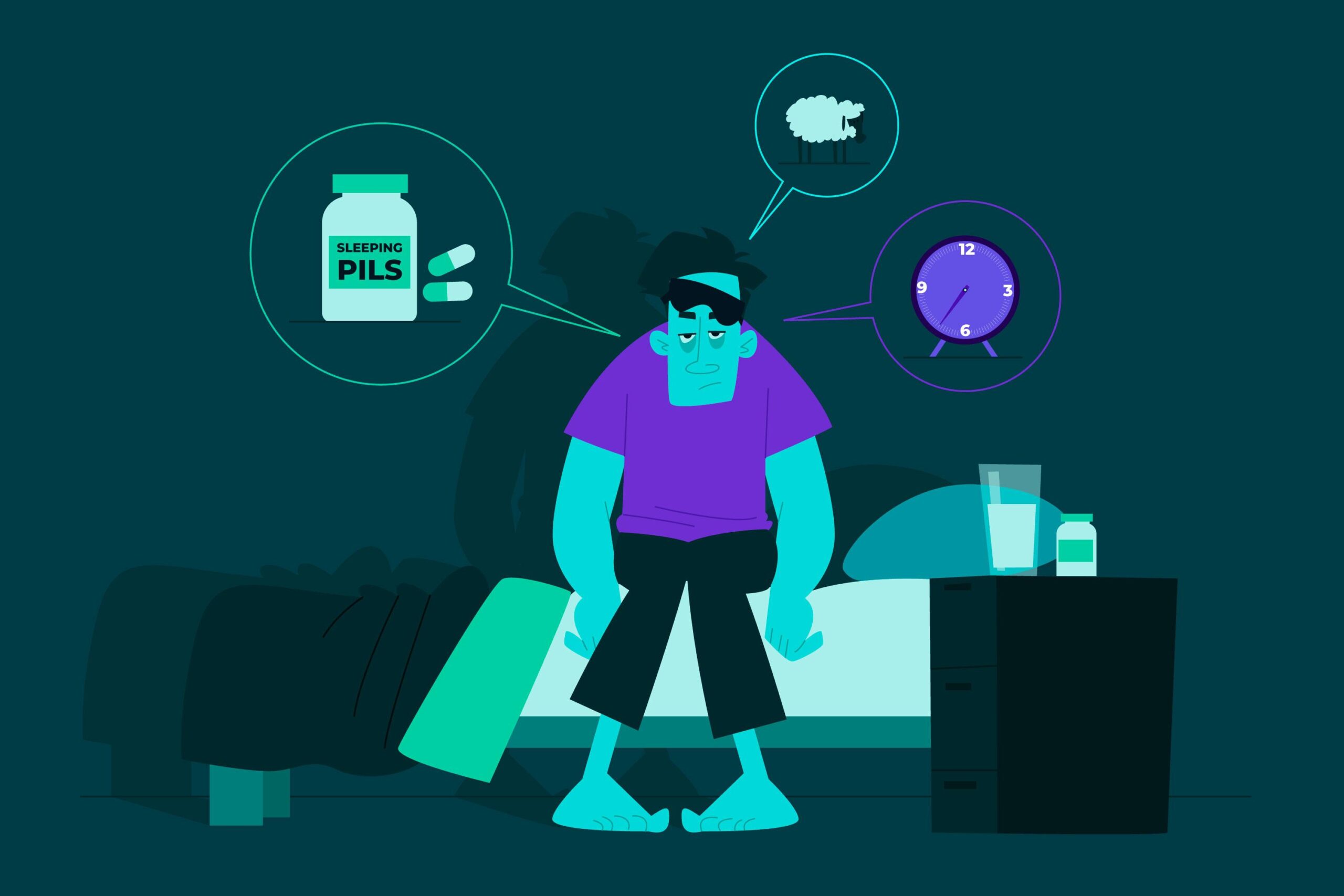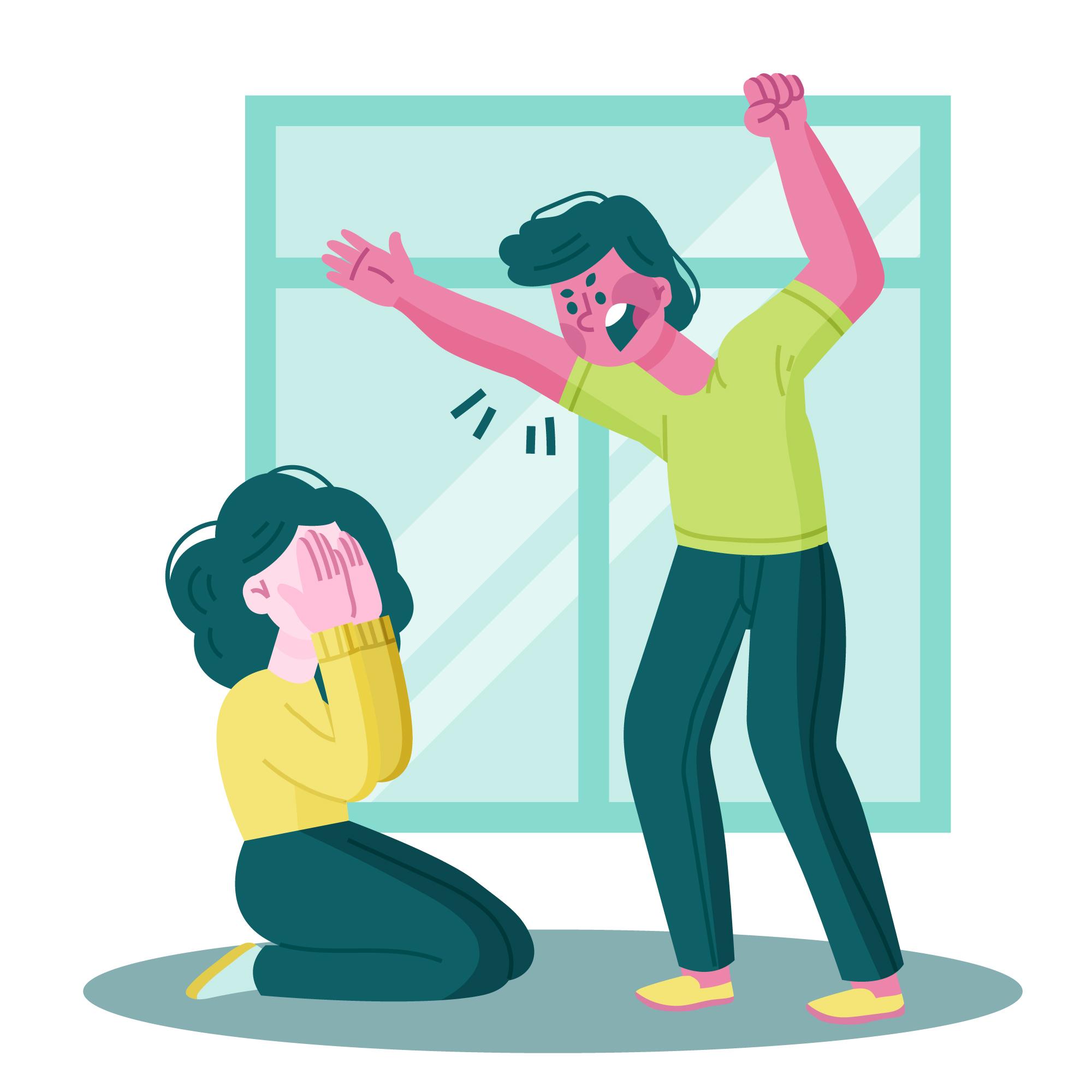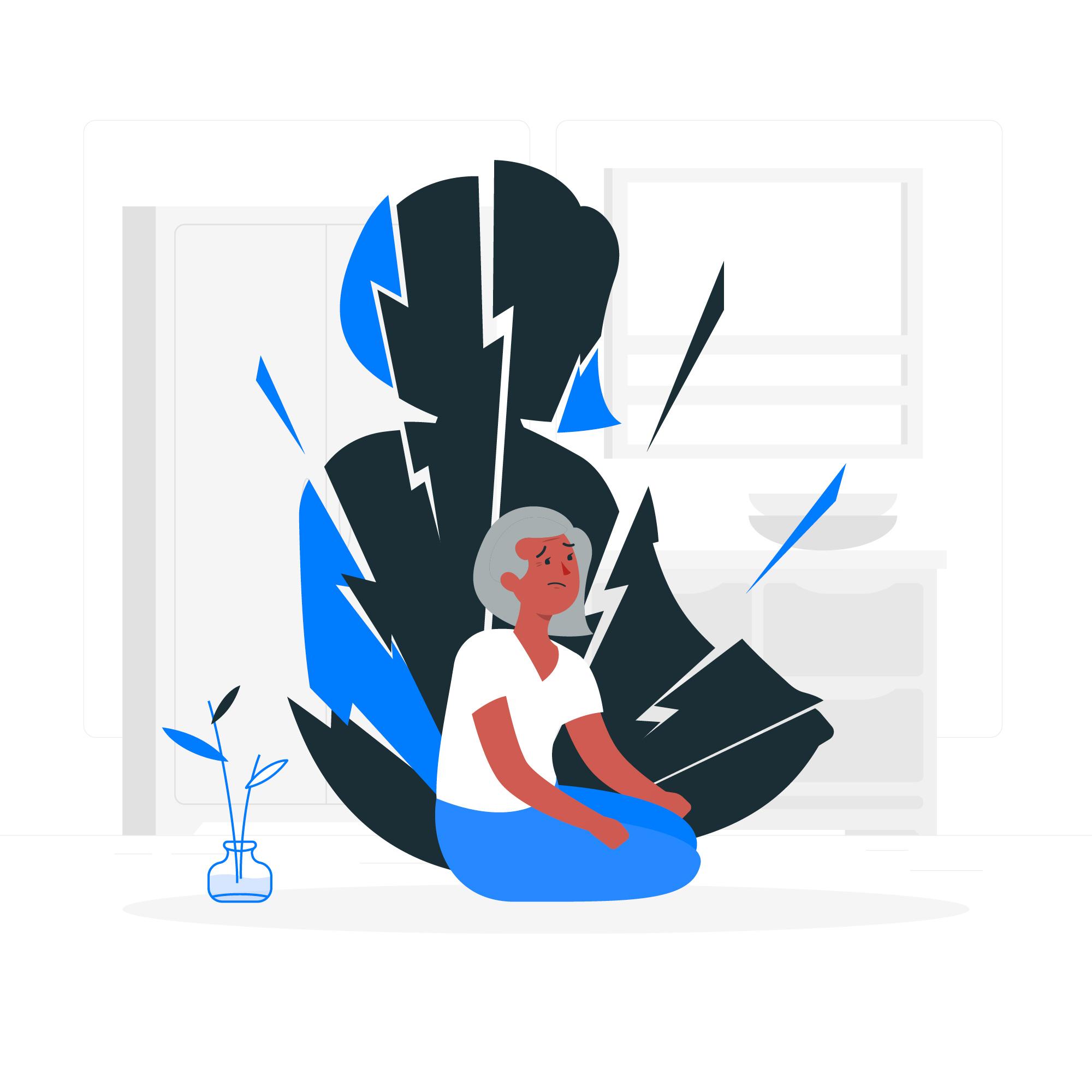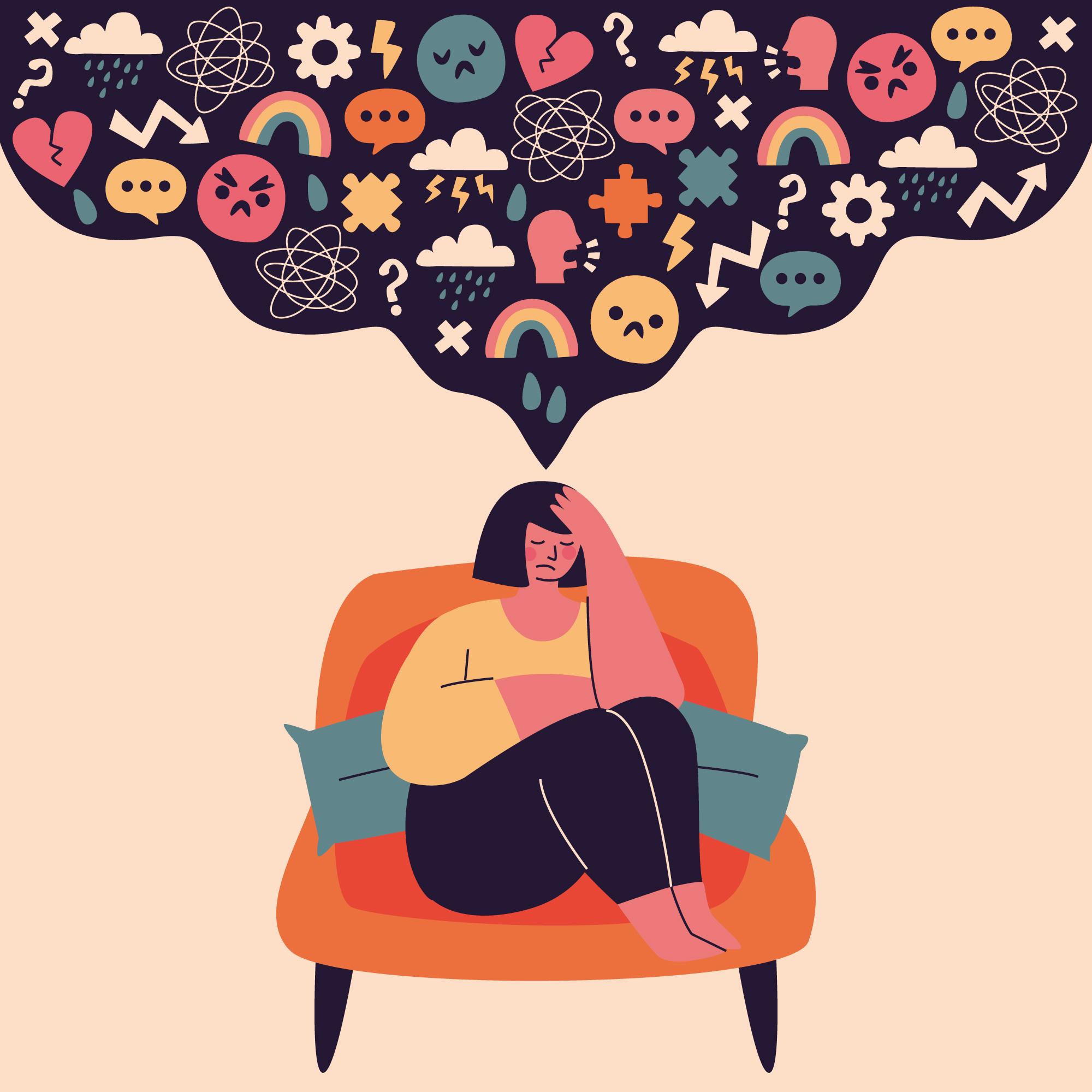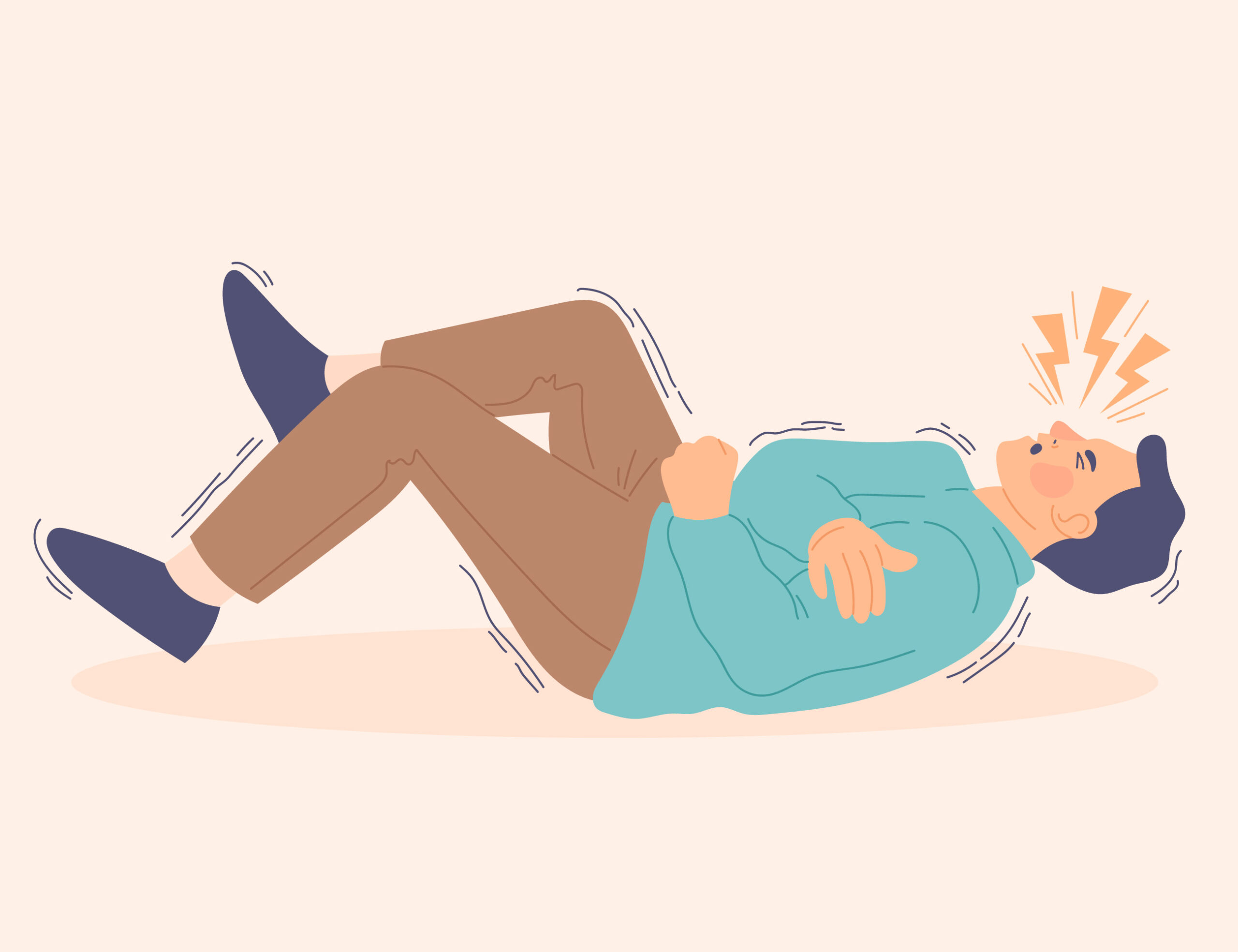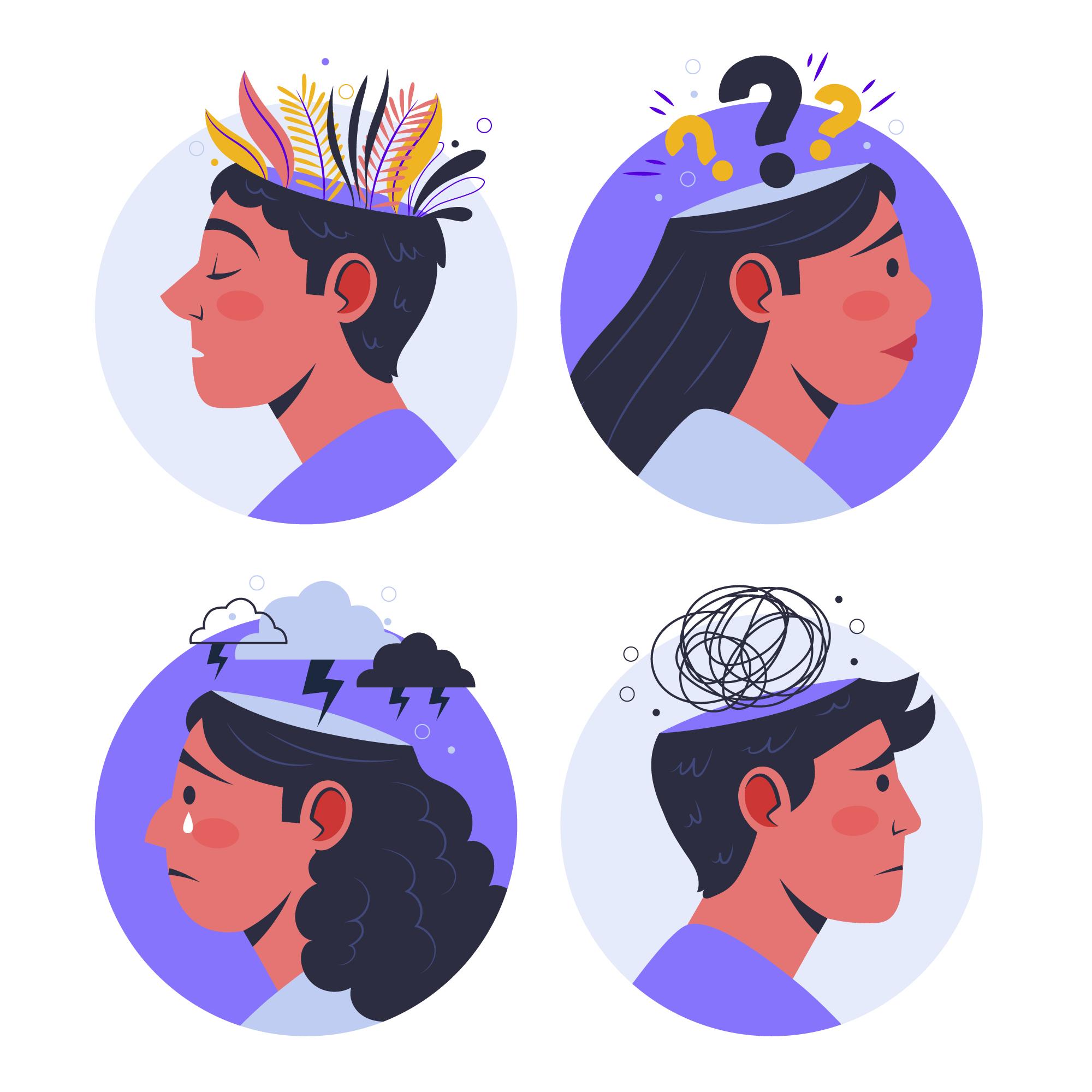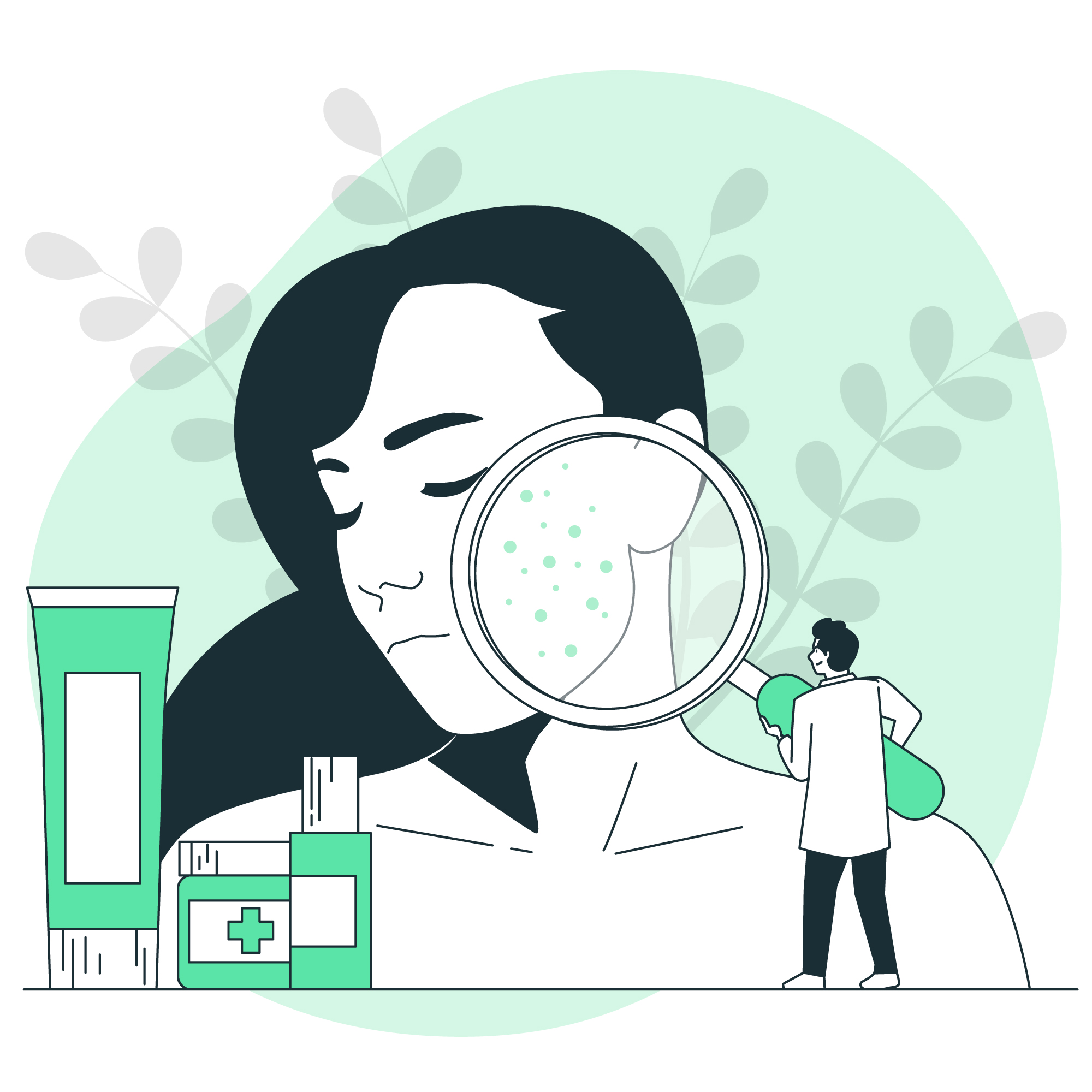Key Facts
Prevalence in India: Sleep disorders are increasingly common in India, affecting millions. Insomnia is one of the most prevalent issues, with urban areas seeing a rise due to stress, long working hours, and lifestyle changes.
Types: Common sleep disorders in India include insomnia, sleep apnea, restless legs syndrome (RLS), and narcolepsy, with insomnia being particularly widespread due to work-life imbalances, anxiety, and poor sleep hygiene.
Impact: Poor sleep has been linked to increased risk of chronic diseases like diabetes, heart disease, and depression in India. Sleep deprivation also contributes to accidents, reduced work productivity, and compromised mental health.
Health Awareness: There is still a low level of awareness about sleep disorders in India, with many attributing sleep issues to lifestyle habits rather than underlying health conditions.
Overview
Sleep disorders refer to a group of conditions that disturb the regularity and quality of sleep, leading to daytime fatigue, irritability, and long-term health problems. In India, these disorders are becoming more prevalent due to urbanization, increased stress levels, changing work patterns (such as late-night shifts in IT sectors), and the use of electronic devices before bedtime. Chronic sleep issues may indicate an underlying disorder that needs professional intervention.
Symptoms and Patterns
Sleep disorders manifest in various ways, depending on the type of disorder:
- Insomnia:
- Difficulty falling asleep: Many in India, particularly those in cities, struggle with falling asleep due to stress, anxiety, and irregular routines.
- Frequent awakenings: Waking up multiple times during the night and trouble getting back to sleep is common.
- Daytime fatigue: Feeling tired, irritable, or unable to concentrate during the day despite adequate time spent in bed.
- Sleep Apnea:
- Loud snoring: Sleep apnea is often accompanied by loud snoring, particularly in overweight or obese individuals.
- Pauses in breathing: Individuals experience breathing interruptions, which can be dangerous if left untreated.
- Daytime sleepiness: Despite seemingly enough hours in bed, people with sleep apnea feel excessively tired during the day.
- Restless Legs Syndrome (RLS):
- Unpleasant sensations in the legs: People experience discomfort, often described as tingling or crawling, which worsens at night and interferes with sleep.
- Urge to move the legs: Movement can relieve the discomfort but can also disrupt sleep patterns.
- Narcolepsy:
- Sudden sleep attacks: People fall asleep suddenly during the day, even in the middle of activities like talking or working.
- Muscle weakness (cataplexy): Sudden loss of muscle control triggered by
strong emotions like laughter or anger.
Risk and Protective Factors
- Risk Factors:
- Work stress and irregular schedules: Many Indians work long hours or night shifts, disrupting their circadian rhythms.
- Urbanization and lifestyle changes: Increased screen time, irregular meal patterns, and a sedentary lifestyle contribute to poor sleep quality.
- Medical conditions: Obesity, diabetes, hypertension, and heart disease are common in India and are closely linked to sleep apnea and other disorders.
- Mental health issues: Anxiety, depression, and PTSD are often undiagnosed but are major contributors to insomnia and other sleep disorders.
- Cultural factors: Overuse of mobile phones and social media at night, as well as excessive consumption of caffeinated beverages (tea, coffee), particularly in urban areas, can worsen sleep problems.
- Protective Factors:
- Healthy sleep practices: Following a consistent sleep routine, avoiding screens before bed, and creating a relaxing environment can prevent many sleep issues.
- Traditional practices: Yoga, meditation, and Ayurveda have long been used in India to promote better sleep and mental well-being.
- Physical activity: Regular exercise, especially morning walks or yoga, can improve sleep quality and reduce the risk of sleep disturbances.
- Dietary habits: Eating a balanced diet and avoiding heavy meals before bedtime promotes better sleep. Reducing caffeine and alcohol intake also helps.
Treatment and Care
India has seen a growing recognition of sleep disorders, but there is still a lack of specialized
sleep clinics, especially in rural areas. Treatment generally involves lifestyle modifications,
therapy, and, in some cases, medical intervention.
- Lifestyle Modifications:
- Regular sleep schedule: Going to bed and waking up at the same time daily, even on weekends.
- Creating a sleep-conducive environment: A quiet, dark, cool room with comfortable bedding can significantly improve sleep quality.
- Limiting screen time before bed: Reducing the use of mobile phones, TVs, and computers before sleep can help the brain wind down naturally.
- Medical Care: For more severe cases, medical interventions may be necessary. Doctors may recommend a sleep study to diagnose conditions like sleep apnea or narcolepsy.
- CPAP (Continuous Positive Airway Pressure) therapy: Commonly prescribed for sleep apnea, this device helps maintain an open airway during sleep.
Medicines
In India, medications are sometimes prescribed for sleep disorders when behavioral therapies are insufficient.
- Sleep Aids:
- Prescription sleep medications like zolpidem (Ambien) may be recommended for short-term use to treat insomnia.
- Over-the-counter antihistamines (like diphenhydramine) are often used but should be taken cautiously as they can cause dependency.
- Medications for Sleep Apnea:
- CPAP therapy is the most effective treatment, but oral devices to reposition the jaw and keep airways open are also used in mild cases.
- Medications for Narcolepsy:
- Stimulants like modafinil (Provigil) are prescribed to help reduce daytime sleepiness.
- Medications for Restless Legs Syndrome (RLS):
- Dopamine agonists (like pramipexole) are used to relieve leg discomfort, while iron supplements may be prescribed if iron deficiency is identified.
Note: Medication should be prescribed and monitored by a healthcare professional to ensure efficacy and manage any potential side effects.
Psychological and Psychosocial Interventions
- Cognitive Behavioral Therapy for Insomnia (CBT-I): A highly effective therapy that helps people change negative thoughts and behaviors around sleep, increasingly being used in urban centers in India.
- Mindfulness and Yoga: Indian traditions like yoga, pranayama (breath control), and meditation help reduce stress and promote better sleep. Many doctors now recommend these practices as complementary treatments.
- Sleep Restriction Therapy: This therapy involves reducing the time spent in bed to match the actual amount of time spent sleeping, gradually increasing it as sleep improves.
- Bright Light Therapy: For people with circadian rhythm disorders, this therapy involves timed exposure to bright light to regulate sleep-wake cycles.
Conclusion
Sleep disorders are on the rise in India due to modern lifestyle changes, work stress, and poor sleep habits. Recognizing the symptoms early and seeking timely intervention, whether through lifestyle changes, therapy, or medical treatment, can help improve sleep quality and overall well-being. By combining modern sleep therapies with India’s rich tradition of mindfulness and relaxation techniques, individuals can regain healthy sleep patterns and lead more productive, fulfilling lives.

